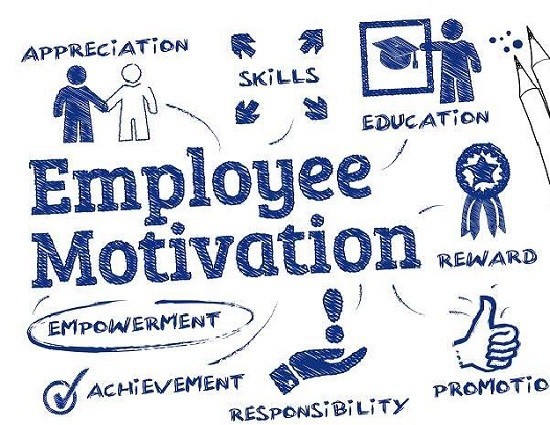What Is Employee Communication?
September 19, 2023. SourceCandidates.com
Effective Employee Communication: Its Significance and Best Practices
What Is Employee Communication? Effective communication in the workplace is a cornerstone of organizational success. But it’s not just about sending messages; it’s equally, if not more, about listening attentively. In this article, we will explore what employee communication entails, why it’s crucial, and provide insights into various communication styles and best practices.
What Is Employee Communication?
Employee communication refers to the exchange of information between management and employees. It encompasses various mediums such as email, instant messaging, voice or video chat, and in-person conversations. The most effective employee communication is a two-way street, fostering open and honest dialogues.
Why Is Employee Communication Important?
- Building Trust and Openness: Listening to employees and understanding their perspectives is essential for building trust. Open communication creates an environment where employees are comfortable sharing concerns and ideas.
- Engagement and Motivation: Open communication keeps employees engaged and motivated. When they feel heard and valued, they’re more likely to perform at their best.
- Conflict Resolution: It helps prevent conflicts resulting from misunderstandings. Transparent communication allows employees and leaders to discuss concerns openly, reducing workplace tensions.
- Innovation: Frequent communication encourages collaboration among employees from different teams and departments. This cross-pollination of ideas fosters innovation.
- Inclusivity: It’s crucial for companies with diverse workforces. Regular updates and recognition of accomplishments unite employees from diverse backgrounds under common goals.
- Team Cohesion: Daily communication cultivates transparency and trust. Employees expect openness, building stronger bonds among team members.
- Productivity: Clear communication ensures employees have the necessary information to complete tasks efficiently, reducing workflow disruptions.
- Healthy Workplace Culture: It fosters an environment where employees feel comfortable discussing issues with leaders and coworkers, promoting job satisfaction.
- Retention: Positive communication contributes to employee satisfaction, reducing turnover rates.
- Customer Service: Informed employees about what is employee communication provide better customer service and avoid disruptions caused by personnel changes.
- Positive Brand Perception: A company known for effective communication enjoys an improved brand image and attracts top talent.

Employee Communication Styles in the Workplace
Understanding what is employee communication styles is crucial for effective employee interaction. These styles include:
- Passive: Employees may avoid conflict and have difficulty expressing themselves.
- Aggressive: Some employees dominate conversations and may act impulsively.
- Passive-Aggressive: They appear friendly but often hide negative emotions.
- Assertive: These employees express thoughts and feelings while respecting others’ views.
Think About What You Need to Say, and Why
The most important step to take is considering communication purpose, said Ajit Kambil, former global CFO Program research director for Deloitte.
Knowing the purpose of your communication, you can then move on to considering the best way to deliver it. For example, you could deliver the message yourself or have it delivered by an influential player in the organization, Kambil said.
Tips for Effective Employee Communication
- Purpose and Feedback: Clearly define the purpose of your communication and seek feedback afterward.
- Know Your Audience: Understand the needs and motivations of your audience to tailor your message effectively.
- Transparency and Vulnerability: Openness and honesty build trust. Transparency about difficult news is crucial.
- Impact Consideration: Assess how your message affects employees and their surroundings, including families and colleagues.
- Encouragement: Provide encouragement as well as constructive feedback.
- Informal Bonding Spaces: Create spaces for informal interactions to foster relationships.
- Open-Ended Questions: Encourage open conversations by asking open-ended, specific questions about what is employee communication.
- Avoid Accusations: Use neutral language and focus on expressing your thoughts and feelings instead of making accusations.
Effective employee communication is essential for organizational success, employee satisfaction, and a positive workplace culture. By understanding what is employee communication, communication styles and adopting best practices, leaders can build strong, collaborative teams and drive innovation while maintaining a motivated and engaged workforce.
Learn more about what is employee communication at both SourceCandidates and Stemta Corporation





